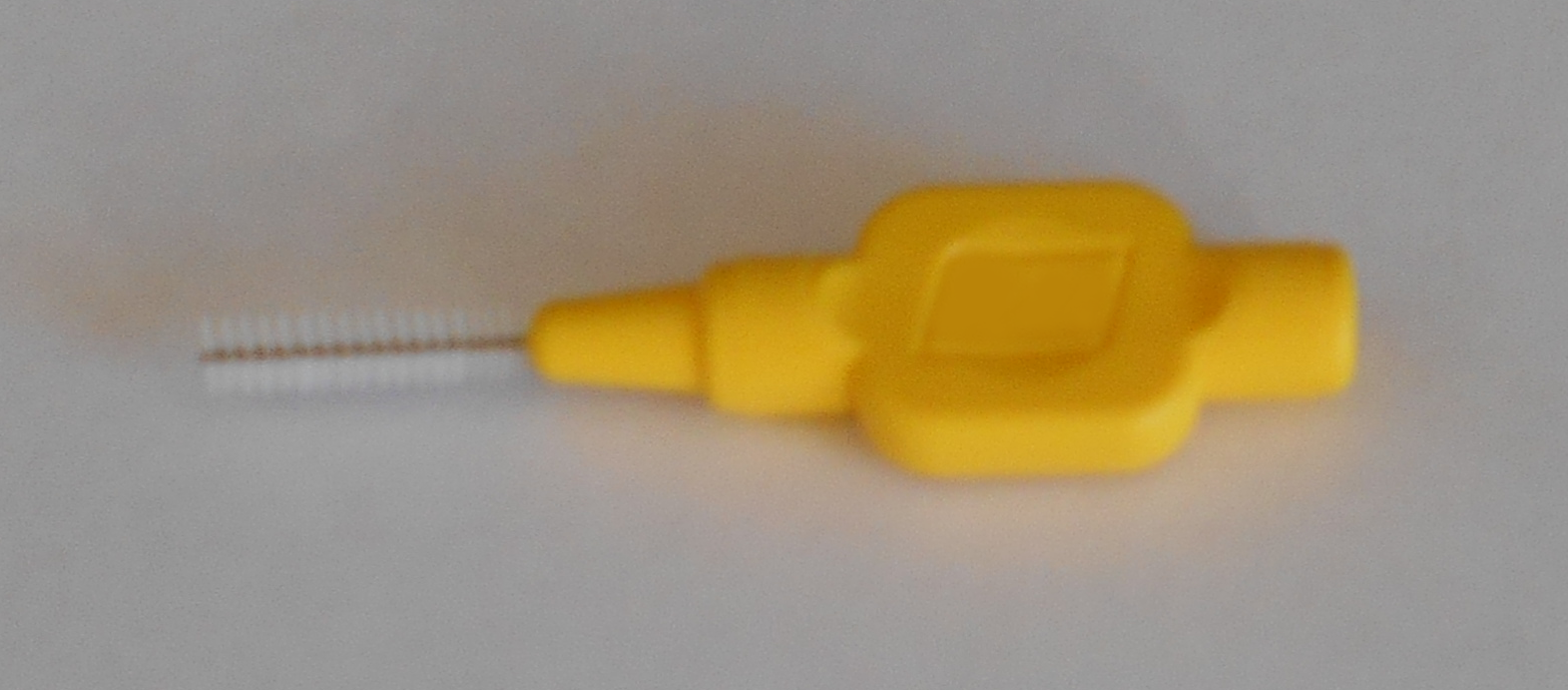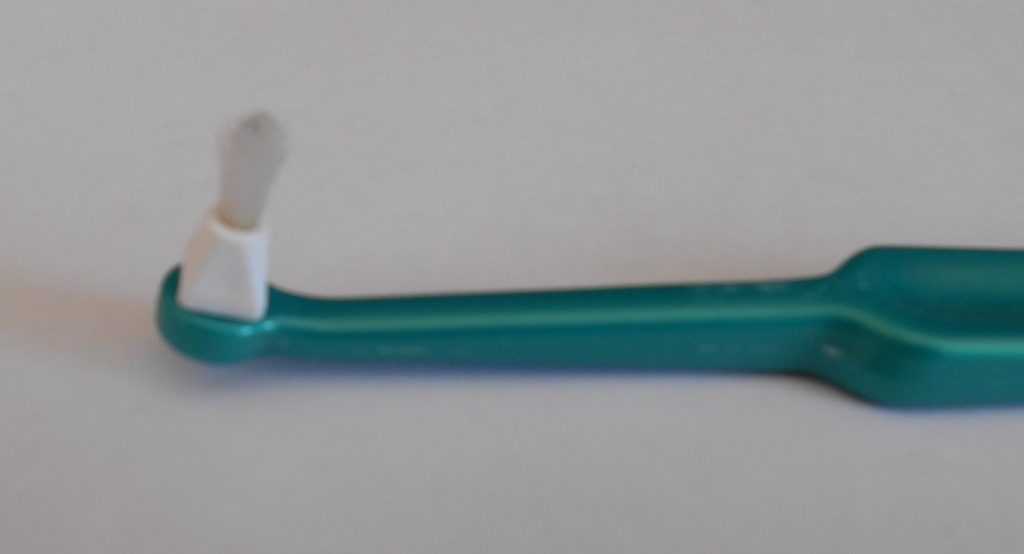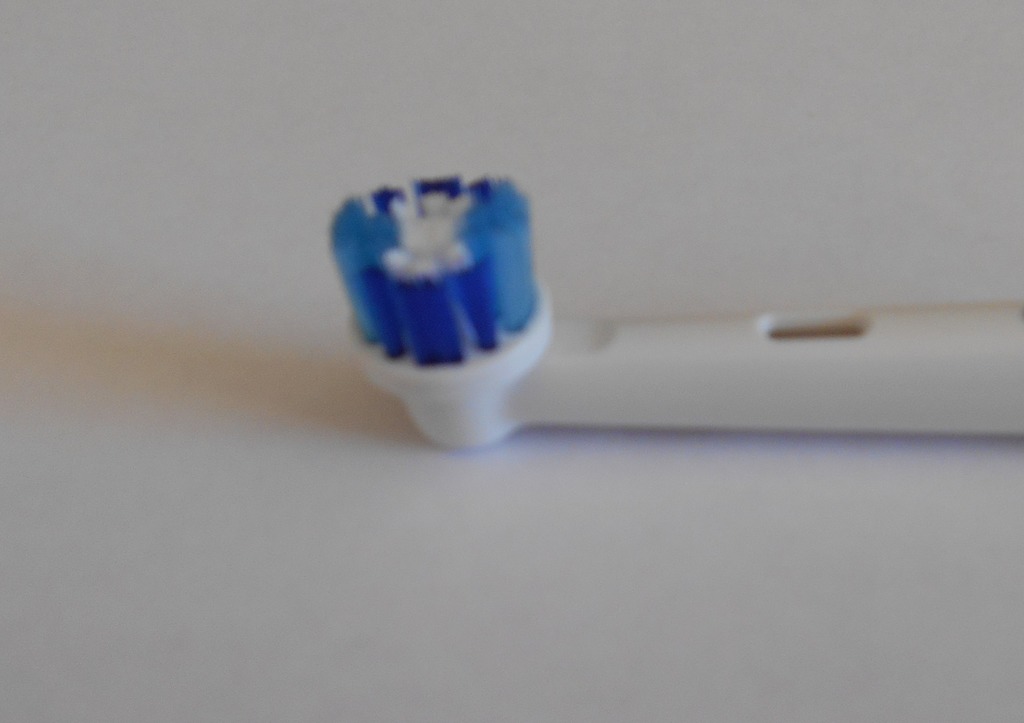Did Anyone Teach You To Clean Your Teeth?
There’s good chance no one taught you to clean your teeth and if they did they may not have been taught themselves. You may have learned from watching films and TV.
In some countries, Finland and Germany for example, dentists go into nursery schools and show children how to clean their teeth and teach them to take responsibility for the health of their teeth and mouth.
In fact even the term ‘clean your teeth‘ is misleading as it is just as important, if not more so, to clean your gums and in particular the tiny gap between your teeth and the back of your gums.
Why Clean Your Teeth?
Everyone has bacteria living in their mouth. When you eat these bacteria feed on sugars in the food you eat and they give off acids which attack the enamel on your teeth which can need to caries or holes in your teeth.
Plaque is a whitish yellow sticky substance which is a mixture of bacteria, food and waste from bacteria. Plaque sticks to your teeth, in fact bacteria produce a sticky substance to ensure they stick to your teeth.
Plaque spreads all over your teeth but in particular tends to collect at the junction of your teeth and gums where it is easier to see as the whitish color stands out against the pink of your gums.
The stickiness of plaque makes it hard to remove even when you brush your teeth.
Worse plaque can collect behind your gums, in the tiny gap between your teeth and gums which dentists refer to as pockets. In a healthy person the pockets are only about 1mm deep.
Worse still plaque can react with minerals in your saliva to crystallize and form a solid call tartar or dental calculus.
If plaque is hard to remove with a tooth brush, tartar is virtually impossible unless you visit a dental hygienist who has specialist tools. The tartar acts as a sort of climbing frame for bacteria making it even easier for them to live next to the surface of your teeth.
What Happens If You Don’t Clean Your Teeth?
If you don’t clean your teeth properly the acid produced by bacteria may lead to a hole in the enamel of your teeth requiring a filling or extraction.
In addition if plaque and tartar continue to build up behind your gums
- the bacteria can infect your gums causing them to become red and start bleeding
- the tartar and plaque increase the size of the pockets
- your gums and the bones inside, which hold your teeth in place, begin to recede. This makes your teeth loose and eventually they may fall out or have to be extracted.
On top of all that infection in your mouth can affect the health of your whole body, including increasing the risk of stroke and heart disease.
It’s Not All Bad News
Fortunately it’s not all bad news.
A dental hygienist can remove tartar and clean the pockets behind gums. Once cleaned the pockets heal remarkably quickly maybe in as little as 24 hours.
If pockets have developed to any sizable depth (4-6mm) it may be necessary to continue with regular trips to hygienist every 3 to 6 months.
But there is much you can do yourself such as cleaning your teeth and gums properly. In fact many people first get a proper lesson in cleaning their teeth when they are sent to a hygienist or periodontist in there 40s.
The better you learn to clean your teeth, the less there is for the hygienist to do and the healthier your mouth will be. You may well find your ‘pockets‘ return to the 1-2mm of a healthy person.
| TIP |
If your hygienist or dentist measures and records the depths of your pockets asks for a copy of the report. That way you will know which pockets to focus on when brushing. |
Don’t Get Carried Away
Faced with a such a horror story the inclination is to rush out and get a large hard brush and give your teeth a right seeing to several times a day.
This will cause more harm than good as you will start to wear away the enamel of your teeth if you brush to hard! Some whitening toothpaste contain abrasives which can also wear away tooth enamel.
The recommendation is to use a soft brush and brush your teeth 2 times a day, no more than 3.
Size matters for cleaning your teeth – it’s much better to get a brush with a SMALL head as this will make it easier to reach to all those awkward hard to reach places. You can buy a single tufted brush which are ideal for cleaning the teeth right at the back of your mouth.
Remember it’s not just your teeth but the pockets behind your gums.
But major excavation is not necessary as they’re only a few millimeters deep.
Although you can clean your teeth with a manual brush many people do not spend nearly as long cleaning as they think they do. Typically people think they have spent 2 minutes when in fact it’s less than 30 seconds. As electric tooth brushes are not that expensive why not get one – with a small brush.
How To Clean Your Teeth
Wait 30 minutes or so after eating to allow saliva to wash away acid in your food or drink. This acid weakens tooth enamel, waiting 30 minutes after eating or drinking allows enamel to harden again.
Clean between your teeth with an inter dental brush.
Floss to clean the edges of each tooth. Slide floss down and up each gap in teeth. For each gap do this at least twice so you can slide along the edge of both teeth either side of the gap.
Brush using the modified Bass technique so named as it’s based on a suggestion by Charles C Bass
First hold the brush at 45º angle to your gums so some of the bristles poke slightly behind your gums (remember we’re only talking about a few millimeters) and either
- move the brush backwards and forwards in short strokes
- or use small circular motion
That’s the Bass part
Then move the brush up towards the chewing edge of your teeth – that’s the modified part of the technique.
The idea is to move plaque away from your gums.
Clean 1 or 2 teeth at a time
Work your way round the inside and outside of both upper and lower teeth. Why not start with the back teeth first, brushing teeth is a bit boring and peoples’ interest tends to fade rapidly. Starting with the back teeth makes sure they get done and you’re less likely to forget the front than back teeth as you finish.
Top and bottom teeth. For each tooth brush inside, outside and cutting edge.
And your done.
Tips
- Just use a small amount of toothpaste, about the size of the pea, otherwise the froth makes it hard to see plaque.
- When you’ve finished just spit out toothpaste. Do not rinse otherwise you’ll wash away all those fancy protective chemicals in toothpaste.
Tools
inter dental brush
single tufted brush
small head brush



